Tulathromycin B
- CAS NO.:280755-12-6
- Empirical Formula: C41H79N3O12
- Molecular Weight: 806.09
- MDL number: MFCD09838805
- EINECS: 1806241-263-5
- SAFETY DATA SHEET (SDS)
- Update Date: 2024-04-08 17:36:13
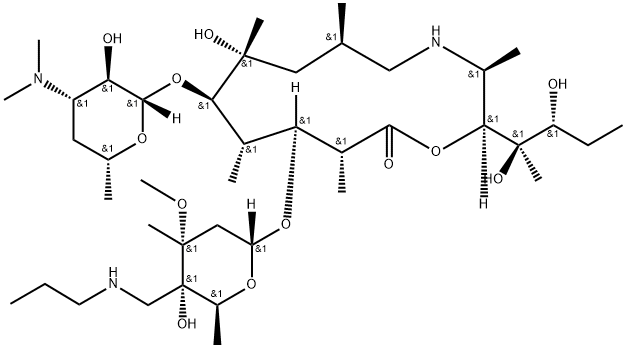
What is Tulathromycin B?
The Uses of Tulathromycin B
Tulathromycin B is an antibiotic pharmaceutical and also a part of various veterinary compounds. This compound is used for treatment of bacterial and protozoal infections.
The Uses of Tulathromycin B
Veterinary antibacterial.
Definition
ChEBI: Tulathromycin B is an aminoglycoside.
Veterinary Drugs and Treatments
In beef and non-lactating dairy cattle, tulathromycin is indicated
for the treatment of bovine respiratory disease (BRD) associated
with Mannheimia haemolytica, Pasteurella multocida, Histophilus
somni (Haemophilus somnus) and Mycoplasma bovis; and for the
control of respiratory disease in cattle at high risk of developing
BRD, associated with Mannheimia haemolytica, Pasteurella multocida
and Histophilus somni (Haemophilus somnus).
In swine, tulathromycin is indicated for the treatment of swine
respiratory disease (SRD) associated with Actinobacillus pleuropneumoniae,
Pasteurella multocida, Bordetella bronchiseptica, and
Haemophilus parasuis.
Properties of Tulathromycin B
| Boiling point: | 870.5±65.0 °C(Predicted) |
| Density | 1.17 |
| storage temp. | -20°C Freezer, Under inert atmosphere |
| solubility | DMSO (Slightly), Methanol (Slightly) |
| form | Solid |
| pka | 13.20±0.70(Predicted) |
| color | White to Pale Yellow |
Safety information for Tulathromycin B
Computed Descriptors for Tulathromycin B
New Products
4-AMINO-TETRAHYDRO-PYRAN-4-CARBOXYLIC ACID HCL 4-(Dimethylamino)tetrahydro-2H-pyran-4-carbonitrile 4-Aminotetrahydropyran-4-carbonitrile Hydrochloride (R)-3-Aminobutanenitrile Hydrochloride 3-((Dimethylamino)methyl)-5-methylhexan-2-one oxalate 1,4-Dioxa-8-azaspiro[4.5]decane 5-Bromo-2-nitropyridine Nimesulide BP Aceclofenac IP/BP/EP Diclofenac Sodium IP/BP/EP/USP Mefenamic Acid IP/BP/EP/USP Ornidazole IP Diclofenac Potassium THOMAIND PAPER PH 2.0 TO 4.5 1 BOX BUFFER CAPSULE PH 9.2 - 10 CAP SODIUM CHLORIDE 0.1N CVS ALLOXAN MONOHYDRATE 98% PLATINUM 0.5% ON 3 MM ALUMINA PELLETS (TYPE 73) LITHIUM AAS SOLUTION 2-Bromo-1-(bromomethyl)-3-chloro-5-nitrobenzene 2-Bromo-3-nitroaniline N-(3-Hydroxypropyl)-N-methylacetamide 3-Bromo-6-chloropyridazine 4-ethyl-3-nitrobenzoic acidRelated products of tetrahydrofuran
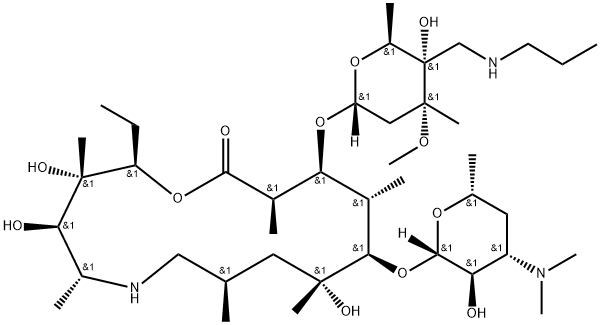

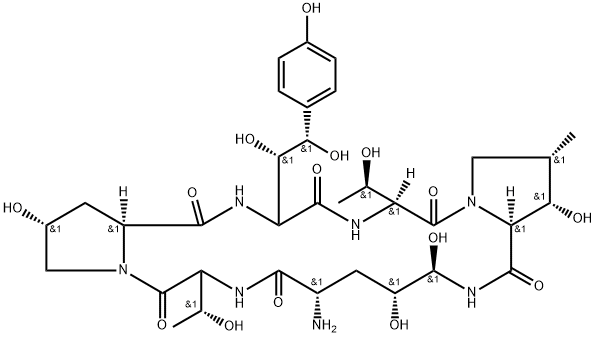
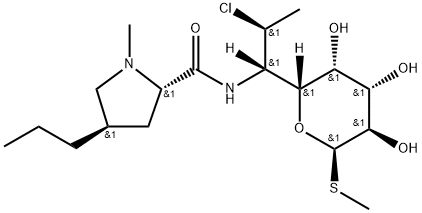
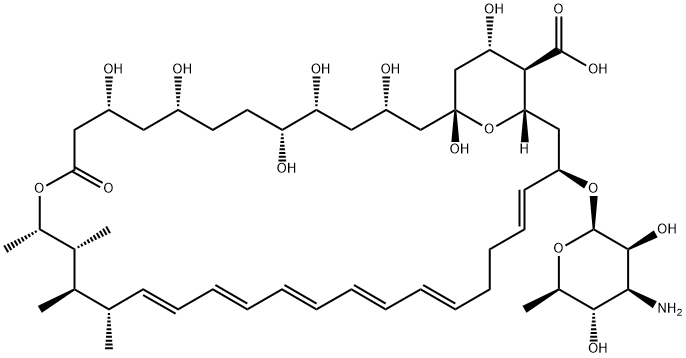


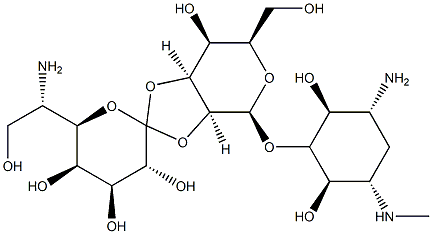
You may like
-
 1-Methyl-6-oxo-1,6-dihydropyridazine-3-carbonitrile 98%View Details
1-Methyl-6-oxo-1,6-dihydropyridazine-3-carbonitrile 98%View Details
99903-60-3 -
 88491-46-7 98%View Details
88491-46-7 98%View Details
88491-46-7 -
 1823368-42-8 98%View Details
1823368-42-8 98%View Details
1823368-42-8 -
 2-(3-(tert-butyl)phenoxy)-2-methylpropanoic acid 1307449-08-6 98%View Details
2-(3-(tert-butyl)phenoxy)-2-methylpropanoic acid 1307449-08-6 98%View Details
1307449-08-6 -
 Ethyl 3-(furan-2-yl)-3-hydroxypropanoate 25408-95-1 98%View Details
Ethyl 3-(furan-2-yl)-3-hydroxypropanoate 25408-95-1 98%View Details
25408-95-1 -
 2-Chloro-5-fluoro-1-methoxy-3-methylbenzene 98%View Details
2-Chloro-5-fluoro-1-methoxy-3-methylbenzene 98%View Details
1805639-70-6 -
 1784294-80-9 98%View Details
1784294-80-9 98%View Details
1784294-80-9 -
 Lithium ClavulanateView Details
Lithium ClavulanateView Details
61177-44-4